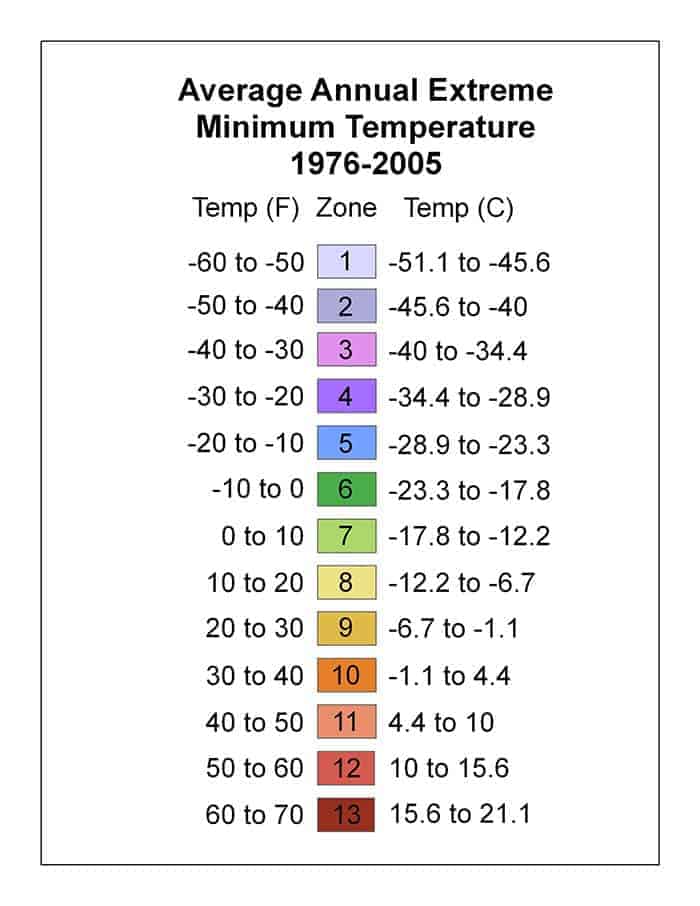
Giant plant (with giant fruits)

Variety from Russia

Variety from Bosnia and Herzegovina

Variety from Serbia

Variety from Greece

Variety from Italy

Coming Soon










In order to become our supplier, you need to have a video and pictures of the fruits of the plants you offer us, with your personal details and a date on paper that will be clearly visible (with your name and
In order to become our supplier, you need to have a video and pictures of the fruits of the plants you offer us, with your personal details and a date on paper that will be clearly visible (with your name and email address you use for PayPal).
If it is a vegetable (tomato, pepper, cucumber ...) you need to know the exact name of the variety, because if you use any other name and we cannot find the information on the internet, then we are not interested in those seeds.
You will need to send us a smaller amount of seed (20) so that we can perform seed germination testing. After that, we can arrange a further purchase of the seed from you.
We make payments exclusively through PayPal (there is no other payment option).
Data sheet
Radishes are a hardy, easy-to-grow root vegetable that can be planted multiple times in a growing season.
Here’s how to plant and grow radishes in your garden!
Radish seeds can be planted in both the spring and the fall, but growth should be suspended in the height of summer when temperatures are typically too hot. (Hot temperatures may cause radishes to bolt, making them essentially useless.)
Otherwise, radishes are one of the easiest vegetables to grow.
Plant in a sunny spot. If radishes are planted in too much shade—or even where neighboring vegetable plants shade them—they will put all their energy into producing larger leaves.
Like carrots, radish plants are primarily grown for their roots. Though the soil needs to be rich in organic matter, it should not be compacted. If your soil is more clay-like, mix in some sand to loosen it and improve drainage.
If your soil isn’t rich in organic matter, incorporate a few inches of aged compost or all-purpose fertilizer (see packaging for amount) into the planting site as soon as the soil is workable.
Till your garden bed to remove any rocks or dirt clods before planting.
Practice three-year crop rotation. In other words, only plant radishes in the same spot every third year. This will help prevent diseases from affecting your crop.
For a spring planting, sow seeds 4–6 weeks before the average date of the last frost. See local frost dates here.
It’s best to plant radish seeds directly in the garden so as not to disturb their roots. Directly sow seeds outdoors 2 cm deep and 2,5 cm apart in rows 28 cm apart.
Plant another round of seeds every 10 days or so—while weather is still cool—for a continuous harvest of radishes in the late spring and early summer.
Plan on a fall planting. You can plant radishes later than any other root crop in late summer or early fall and still get a harvest. Sow seeds 4–6 weeks before the first fall frost.
Thin radishes to about 2 inches apart when the plants are a week old. Crowded plants do not grow well.
Consistent, even moisture is key. Keep soil evenly moist but not waterlogged. A drip irrigation system is a great way to achieve this.
Putting a thin layer of mulch around the radishes can help retain moisture in dry conditions.
Radishes will be ready to harvest quite rapidly, as soon as three weeks after planting for some varieties.
For most varieties, harvest when roots are approximately 2,5 cm in diameter at the soil surface. Pull one out and test it before harvesting the rest!
Do not leave radishes in the ground long after their mature stage; their condition will deteriorate quickly.
Cut the tops and the thin root tail off, wash the radishes, and dry them thoroughly. Store in plastic bags in the refrigerator.
Radish greens can be stored separately for up to three days.
Radish seeds have a fairly long shelf life. Don’t be afraid to plant radish seeds that are up to five years old. All may not germinate, but you’ll have plenty that will.

CAULIFLOWER from seed
|
CAULIFLOWER |
|
|||
|
SEED DEPTH |
SOIL TEMP. FOR GERMINATION |
DAYS TO GERMINATION |
SUNLIGHT REQUIREMENTS |
PLANTING TIME |
|
0.6 TO 1.27 cm |
21 C TO 29 C |
5 TO 10 DAYS |
PARTIAL SHADE / FULL SUN |
SPRING/FALL |
|
USDA HARDINESS |
SEED SPACING |
ROW SPACING |
SPACE AFTER THINNING |
DAYS TO HARVEST |
|
N/A |
2.5 cm |
90 cm |
60 cm |
60 - 90 DAYS |
Cauliflower Seed Planting Information:
Cauliflower will not grow well where temperatures average above 75 F or where winter temperatures drop below 25 F. Poor cauliflower is usually a result of improper planting time, low moisture or low fertility. Plant your seeds indoors, 5 to 7 weeks before setting outside. Spring planting should occur as soon as soil can be worked, and fall planting is done around July or August. Plants can grow 12" tall.
Harvest Tips:
Cut heads below the inner leaves when the heads or about 8" in diameter.
Soil Requirements:
Requires fertile soil with compost and some lime. Apply much and grass clippings, or straw around base of the plant.
Water Requirements:
Water regularly to keep the soil cool and moist. Keep watered during dry and hot spells.
 Reviews (0)
Reviews (0)